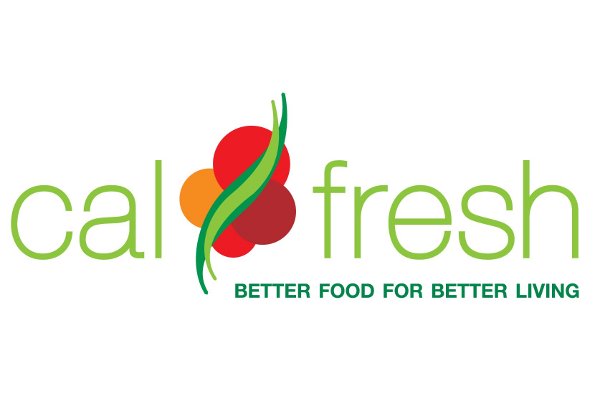California Food Stamps, Welfare Usage Up in Inland Empire


Riverside and San Bernardino counties in California, an area known as the Inland Empire, have a higher rate of people on food stamps and welfare than elsewhere in southern California. But the numbers for other counties in the area are hardly encouraging either. For many families, things are grim with little hope in sight.
Twelve percent of Riverside County and 17 percent of San Bernardino County residents used food stamps in January 2012, according to a Press-Enterprise analysis of social services and census data. That same month, food-stamp clients accounted for 11 percent of those living in Los Angeles County, 8 percent of San Diego County residents and 7 percent of Orange County residents.
These numbers are distressingly high. What is even more disheartening is many of those getting food stamps are working families. Plus, the percent of those on some form of relief is growing in the Inland Empire. People there want to work. But they can’t find jobs. Much of the Inland Empire is essentially bedroom communities for those making long drives to work in Los Angeles or Orange County. The area prospered during the real estate boom as homes were built and remodeled. Prices soared. But when the bubble burst, much of the area found it had little or no other economic engine besides real estate.
The foreclosure rate soared as revenue for municipalities dropped, creating a vicious downward spiral of fewer services offered by cities, abandoned homes, and fewer jobs. This is a story true for many areas of the country, not just the Inland Empire, but that area was especially hard hit. Some say it was Ground Zero for the real estate implosion.
The city of San Bernardino recently filed bankruptcy and other cities in the area are struggling too. This comes at a time when many more need some type of public assistance. The cities have far less money yet far more in need.
Predictably, politicians are calling for stricter welfare requirements. California Governor Jerry Brown “has pushed for welfare changes to spur more people to work and help address California’s ongoing budget problems.” While cutting benefits will certainly help the budget, it seems unfair to say that doing so will somehow get more people back to work.
"Many new food stamp users are working families," said Susan Loew, Riverside County’s social services director. “They’re struggling to have enough to feed their families,” she said.
California needs to create more, better paying jobs. Then people won't need food stamps or welfare.


